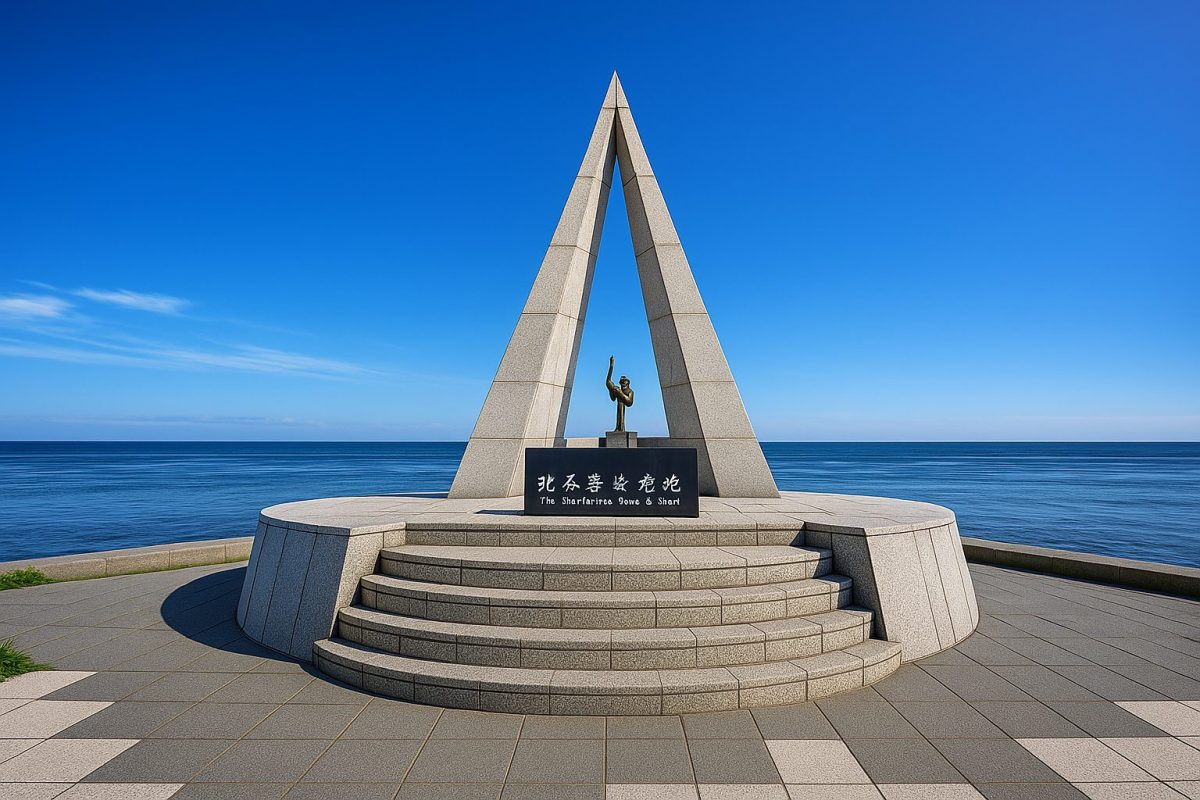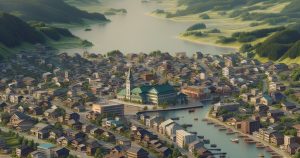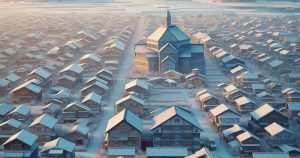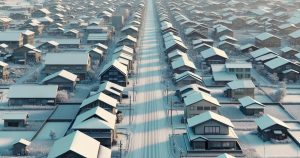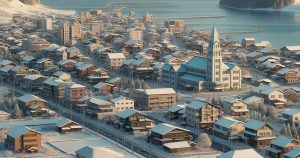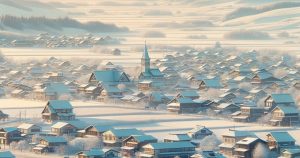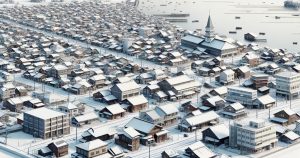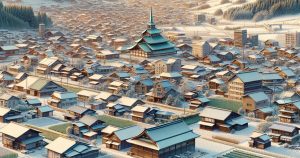| population | 29,686 peoples |
|---|---|
| area | 761.42 km² |
| population density | 39 peoples/km² |
Wakkanai City, located at the northernmost tip of Japan, is the central city of the Soya region in Hokkaido. Surrounded by the Sea of Japan, the Soya Bay, and the Sea of Okhotsk, it boasts stunning natural scenery and an abundance of marine resources. Since its development during the Meiji era, Wakkanai has flourished as a port city based on fishing and tourism. The city is renowned for its fresh seafood—such as scallops, sea urchins, and Atka mackerel—harvested from the cold northern seas. Despite the harsh winters, local people are known for their warmth, resilience, and the unique charm of the Hokkaido dialect. Every New Year’s Day, many gather at Cape Soya for the “First Sunrise at Japan’s Northernmost Point,” a symbolic event filled with hope for the coming year. Throughout the seasons, Wakkanai hosts various events such as the “Wakkanai Port Festival” in summer and the “Delicious Wakkanai Festival” in autumn. A balance of majestic nature, rich traditions, and the vitality of its people makes Wakkanai truly a “Shining City of the North.”
CULTURE AND TRADITIONS
Since the Meiji period, Wakkanai has grown alongside its fishing industry, shaping a culture deeply rooted in the sea. The residents have adapted to the severe northern climate, developing a resilient lifestyle that values community and tradition. The local dialect, warm and distinctive, reflects the region’s friendly and openhearted character. Winters are long and severe, yet the community comes alive with seasonal events that strengthen local bonds.
One of the most significant traditions is the “First Sunrise at Japan’s Northernmost Point,” held every New Year’s Day at Cape Soya, where people gather to welcome the year’s first light. In summer, the “Wakkanai Port Festival” brings energy to the city with fireworks, parades, and music performances along the harbor. Meanwhile, food events such as the “Delicious Wakkanai Festival” and “North Harvest Seafood Fair” celebrate local cuisine and foster connections between residents and visitors. These festivals embody the spirit of Wakkanai—its gratitude toward nature and its pride in living at the top of Japan.
SPECIALTIES
- Wakkanai Asparagus: Grown in the city’s fertile northern soil and cool climate, these asparagus spears are thick, juicy, and sweet. The fresh early-summer harvest is a popular delicacy across Hokkaido.
- Surf Clam (Hokkigai): Harvested from the Soya Bay and the Sea of Okhotsk, this clam is prized for its firm texture and subtle sweetness. It is often served as sashimi, grilled with butter, or in rice dishes.
- Chigo Maki Sushi: A traditional Wakkanai sushi roll featuring surf clam, sea urchin, and local fish wrapped with vinegared rice. Its rich flavor and visual appeal make it a must-try for visitors.
- Soya Black Beef: A premium beef brand raised on the open grasslands of the Soya Hills. Lean and flavorful, it’s one of Japan’s northernmost and most sustainable beef varieties.
- Wakkanai Milk: Locally produced milk that retains its natural flavor through low-temperature pasteurization. Available only in Wakkanai, it’s known for its rich and creamy taste.
- Octopus Shabu-Shabu: A local hot-pot dish using thinly sliced giant Pacific octopus (mizudako), briefly dipped in hot water and served with ponzu sauce. A true taste of the northern sea.
ANNUAL EVENTS
- Wakkanai Winter Festival (February): Featuring giant snow sculptures and ice candles, this festival transforms the city into a winter wonderland illuminated by soft lights.
- Wakkanai Port Festival (late July): The city’s biggest summer event, with harbor fireworks, parades, and live performances celebrating Wakkanai’s maritime heritage.
- Hamanasu Festival (June): Celebrating the blooming of the city’s official flower, the hamanasu (rugosa rose), with concerts and local food markets held across the city.
- Green Festival (mid-June): A nature-themed event featuring displays and sales of local agricultural products and flowers, promoting eco-friendly living in the Soya Hills area.
- Delicious Wakkanai Festival (November): A gourmet celebration where visitors can enjoy seasonal seafood, dairy, and produce from the region’s farms and fisheries.
ACCESS
- By Air: Daily direct flights operated by ANA connect Tokyo (Haneda Airport) and Wakkanai Airport (about 2 hours). The airport is approximately 30 minutes by bus from the city center.
- By Train: The JR Hokkaido Soya Main Line connects Sapporo to Wakkanai Station. The limited express “Soya” takes about 5.5 hours and offers scenic views of the northern plains.
- By Bus: The “Hamanasu-go” highway bus runs between Sapporo and Wakkanai in about 6.5 hours, with comfortable night services available.
- By Car: Approximately 5 hours from Sapporo and 3.5 hours from Asahikawa via National Route 40 or the Dōō Expressway.
- By Ferry: From the Wakkanai Ferry Terminal, regular ferries operate to Rishiri and Rebun Islands, offering a gateway to Hokkaido’s northern island paradise.
TOURIST SPOTS
- Cape Soya – The northernmost point of Japan, marked by the “Monument of the Northernmost Point.” On clear days, you can see Sakhalin across the strait.
- Wakkanai Park – A scenic hilltop park overlooking the city, home to monuments such as the “Hyosetsu-no-mon” (Gate of Ice and Snow) and the “Statue of the Nine Maidens.”
- Cape Noshappu – Famous for its spectacular sunsets and panoramic views of Mount Rishiri. The nearby “Noshappu Aquarium” is Japan’s northernmost aquarium.
- North Breakwater Dome – A striking semi-circular concrete structure built in the early Showa era, designated as a Hokkaido Heritage site.
- Soya Hills – A vast landscape shaped by periglacial formations, dotted with wind turbines and pastures that capture the essence of Hokkaido’s northern wilderness.
